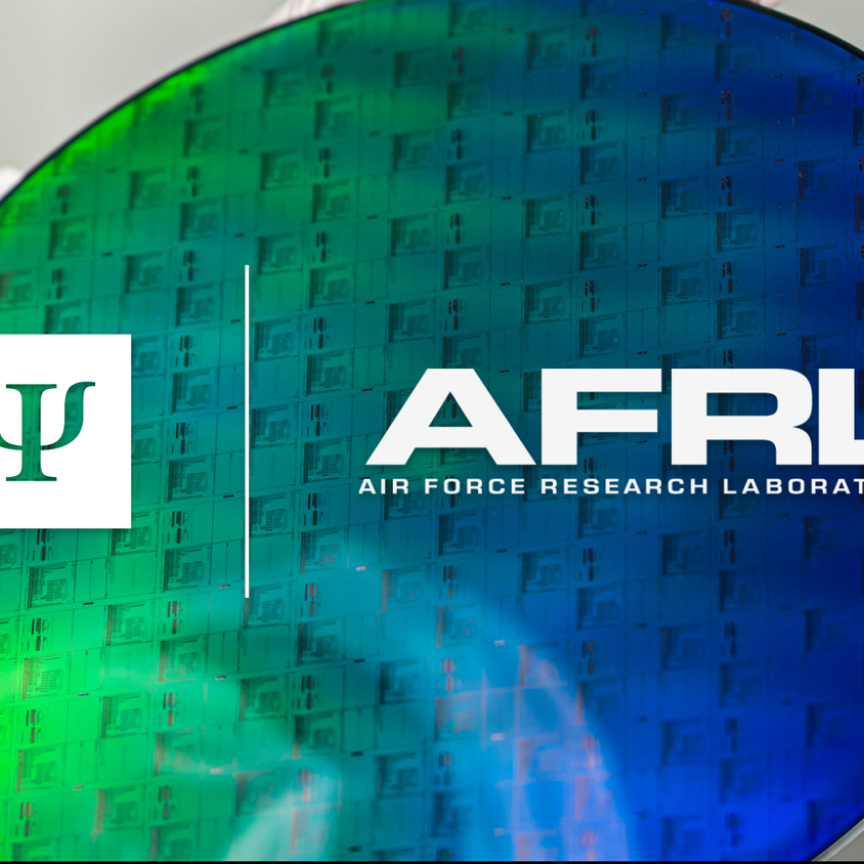Scientists are looking to significantly reduce measurement times in clinical cancer diagnostics by developing a spectrally resolved imaging technique based on entangled photon pairs.
The work will involve the development of new diode lasers and quantum light modules.
Cancer continues to be one of the greatest challenges in modern medicine. It cannot be prevented, and so early detection remains the most important factor to achieving rapid intervention and curing of the disease.
In clinical cancer diagnostics, rapid analysis of patient tissue sections for detecting tumour cells continues to be a requirement.
Under laboratory conditions, mid-infrared (MIR) radiation has been successfully used for this purpose, but current measurement times are far too long for rapid diagnostics, so that validation and regular use in hospitals is not yet possible.
Transferring the MIR approach to clinical diagnostics is therefore an open challenge: MIR light still poses high technical requirements both for its generation and detection.
In the new Quantum‐Enhanced Early Diagnostics (QEED) project, ten partners from research and industry are therefore looking to transfer measurement information from the clinically relevant mid‐infrared (MIR) wavelength to the well‐detectable near‐infrared (NIR) spectral range. They plan to do this by developing a novel spectrally resolved imaging technique relying on entangled photon pairs.
Based on quantum sensor technology, the QEED microscopy method will enable label‐free examination of tissue samples and is expected to reduce the measurement time for a 10‐megapixel image to just two minutes.
Simple preparation combined with such fast measurement will enable high sample throughput and thus, for the first time, integration into clinical workflows. Patients will benefit as biopsy samples will be able to be diagnosed more quickly and reliably in the future. In addition, this approach will help minimise the proportion of false‐negative and false‐positive results – associated with high levels of psychological distress – and thus increase the willingness of patients to take advantage of screening.
Within the project, scientists from the Berlin-based Ferdinand-Braun-Institut (FBH) will develop the required high-power diode laser sources, emitting at 1,170nm and 720nm in a master oscillator power amplifier (MOPA) configuration. The MOPAs will then be integrated into an inhouse-developed novel technology platform. These quantum light modules will finally be assembled jointly with components from the project partners by FBH’s Prototype Engineering Lab into the QEED system.
On the basis of innovative ultra‐bright photon pair sources and their adapted measurement and analysis, different demonstrators of the new technology are planned – for biomedical research and with an integrated fluorescence unit for automated pathology in clinical routine.
In addition, all novel modules for the QEED system will be further developed as independent components to create stand‐alone products.
The QEED project is funded by the German Federal Ministry of Education and Research.


